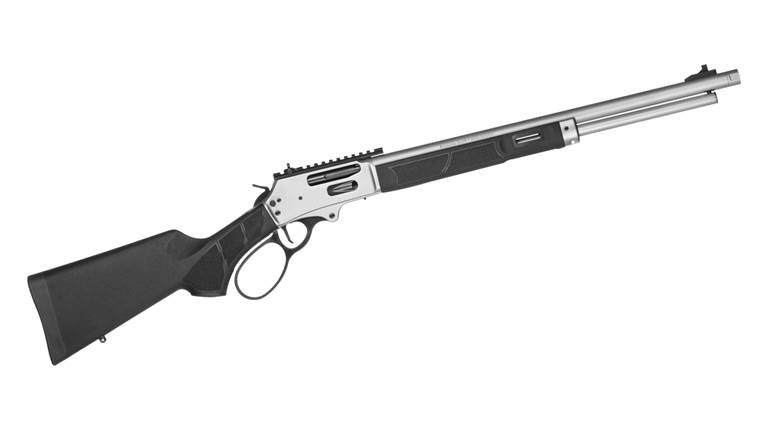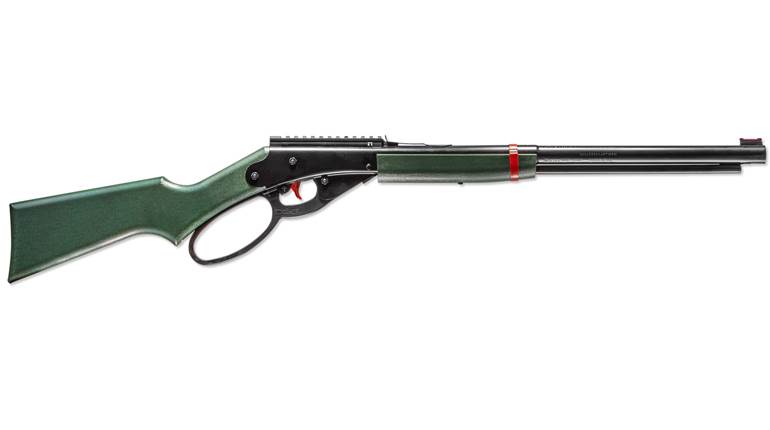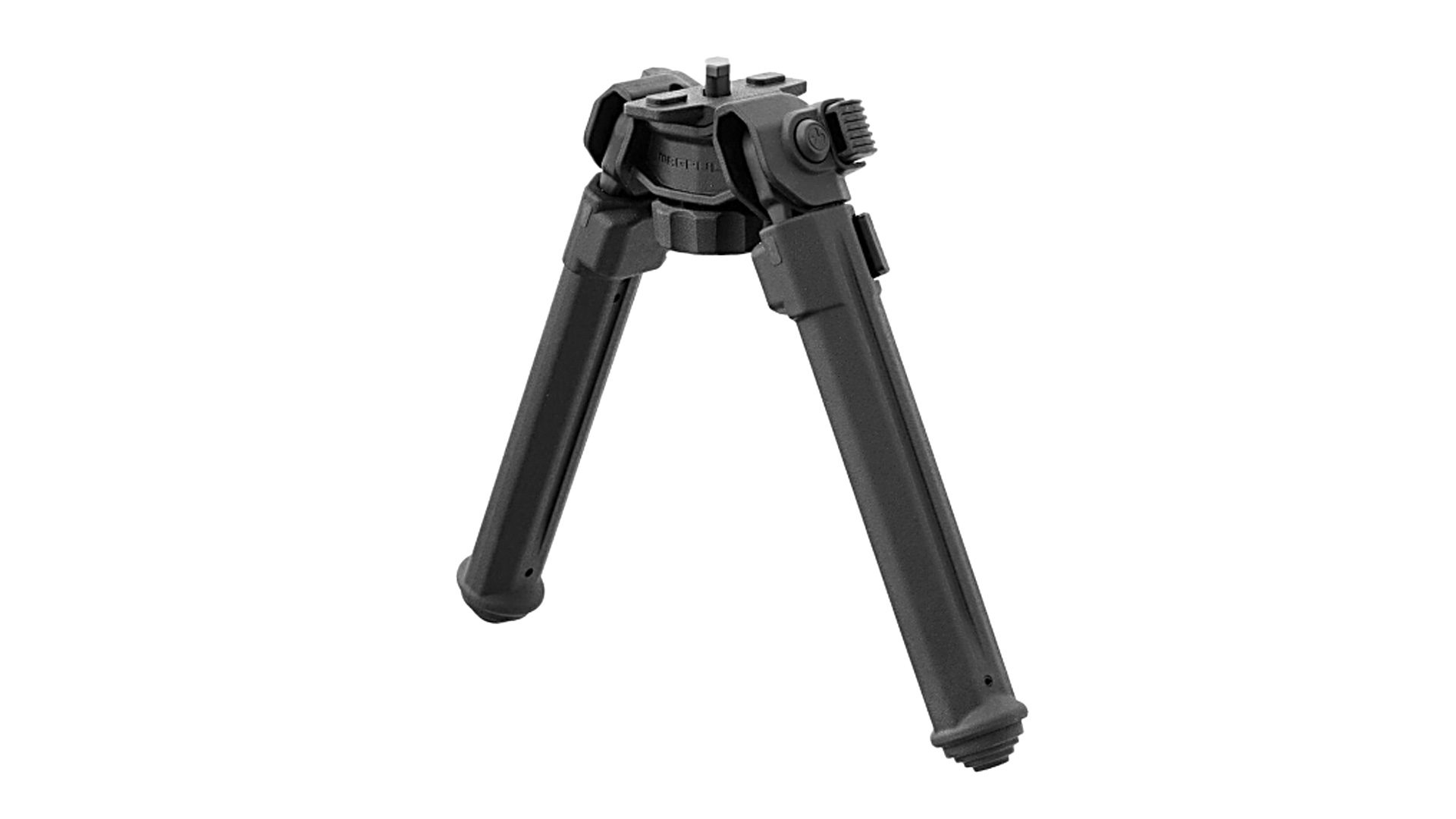
When I was 11 years old, I stayed overnight with my Aunt Clara and Uncle Lawrence while my parents were called away on business. The first morning at their house, I woke early to the smell of coffee and eggs cooking on the gas stove. But before I could eat breakfast, my uncle took me aside to show me memorabilia and pictures from when he served in World War I.
During his time in the war, he had served as a farrier in the cavalry, shoeing and caring for the horses’ feet. He told me about a time when he was driving his mule and wagon down a road behind the advancing infantry and cavalry. His mule made a sudden turn and took him down an embankment, nearly overturning the wagon. Seconds later, an artillery round landed in the middle of the road where they had just been. The Germans had begun shelling the rear area, and my uncle was convinced his mule could hear the incoming rounds. It saved his life.
Soon after, the Army wanted to replace his then-wounded mule, but Uncle Lawrence refused. His mule was battle-hardened and had saved his life. Three times he had to dig out shrapnel from his mule and stitch him up. When the stories ended that day, Uncle Lawrence gave me a .22-cal. 1873 Remington No. 4 Rolling Block. It was my first gun, and since that day many rabbits and squirrels have come to their end.
After the war in Europe ended, my uncle went on to become a police officer. You guessed it, a mounted police officer. Years later, I helped carry his flag-covered coffin to his final resting place. Uncle Lawrence still had shrapnel fragments in his back from the Great War in Europe. He was a true patriot and outdoorsman.
This treasured Remington still rests in my gun case, and someday I hope to give it to one of my grandchildren and share the stories of Uncle Lawrence.
Nearly every shooter has a favorite firearm. If you would like to share the experience of owning yours with other American Rifleman readers, or on americanrifleman.org, send a sharp color photograph of the gun, accompanied by its story in fewer than 400 words, with your name, address and daytime telephone number to: Favorite Firearms, American Rifleman, National Rifle Association, 11250 Waples Mill Road, Fairfax, VA 22030-9400. Photos and submissions cannot be returned and may be edited for clarity and brevity.





































